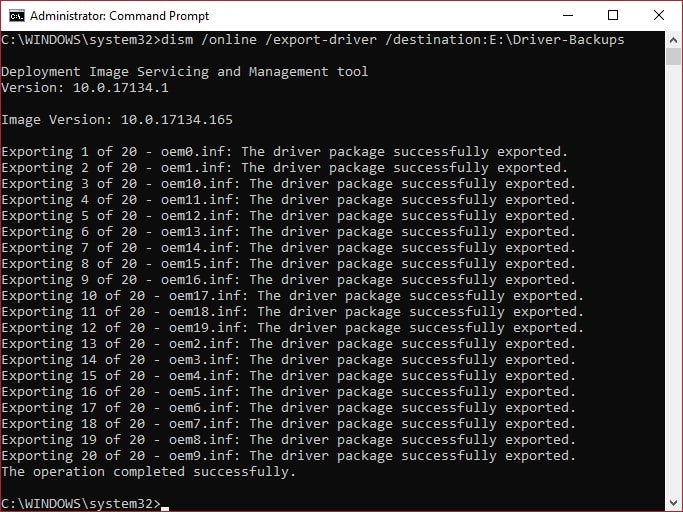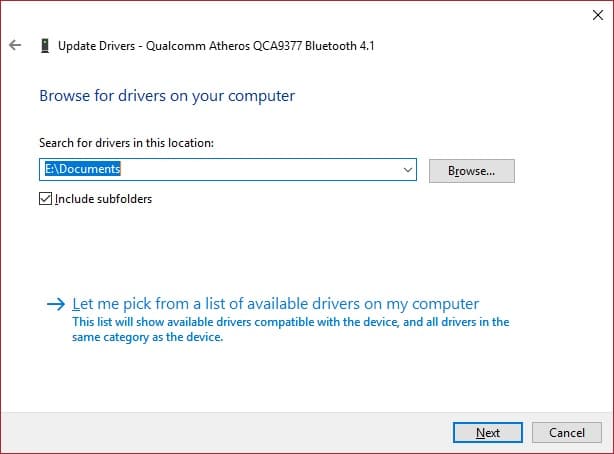If not for Windows, most PC users would never have known drivers also exist on their computers, not just in real life. These drivers drive information between the software and the hardware so that you can use the webcam with a click. Without drivers, your computer will never know that a webcam has been connected. The same logic applies to any hardware you connect to your Windows PC, even a USB drive. If you’re a Windows user it makes sense to want an easy way to backup and restore drivers on Windows 10.
Other than Windows there is no operating system that bothers users about drivers. While Windows 10 does solve the problem to an extent by automatically installing drivers, that still needs an active internet connection. The driver problem on Windows is even more frustrating when you’ve used alternatives like a Mac. Even Ubuntu and many other Linux-based operating systems work right out of the box. You can connect any hardware and it can detect it without a problem, as long as the hardware is compatible with Linux.
Windows 10 doesn’t need new features as bad as it needs to solve the basic Windows problems that have been forever.
Backup Drivers using the Command Prompt
The Command prompt is a powerful tool that ships built-in with Windows. There is, of course, another way to do this that doesn’t involve typing commands.
- Create a folder “Driver-Backups” on your PC anywhere on a drive other than where Windows is installed.
- Type cmd in the Windows 10 search bar, right-click the Command prompt which appears as a search result, and then select Run as administrator.
- In the command prompt, enter the following command:
dism /online /export-driver /destination:Drive:\path\to\Driver-BackupsHere, Drive:\path\to\Driver-Backups must be replaced by the path to the Driver-Backups folder you just created. This will be the case everywhere Drive:\path\to\Driver-Backups is mentioned in this article. For instance, if you created the folder on your E:\ drive, the command would be:
dism /online /export-driver /destination:E:\Driver-Backups - Once you’ve entered the correct command, all the installed drivers will be backed up in the specified folder. At the end of the process, you should see a message saying, “The operation completed successfully.”

Don’t miss: How to Format USB Drive on Windows 10 Using Command Prompt
Restore Drivers
The command line can help back up the drivers but there isn’t much you can do with the backups since it cannot restore them. The best way would be restoring them using the Device Manager. In the Device Manager, right-click any hardware you want to restore the drivers and select Update driver.
In the new Window that appears, select Browse my computer for driver software. Next, click Browse and select the Driver-Backups folder.
Make sure you’ve checked the Include subfolders option and click Next. Windows will search the folder for the appropriate drivers and install them.
Backup and Restore Drivers using third-party tools
There are many apps available out there meant to solve, or at least ease the driver problem on Windows. Some of these are DriverBackUp, Free Driver Backup, and Double Driver. Any of these tools will work fine and back up all your drivers similarly to a single folder.
Read Next: How to Install Ubuntu on Windows 10


